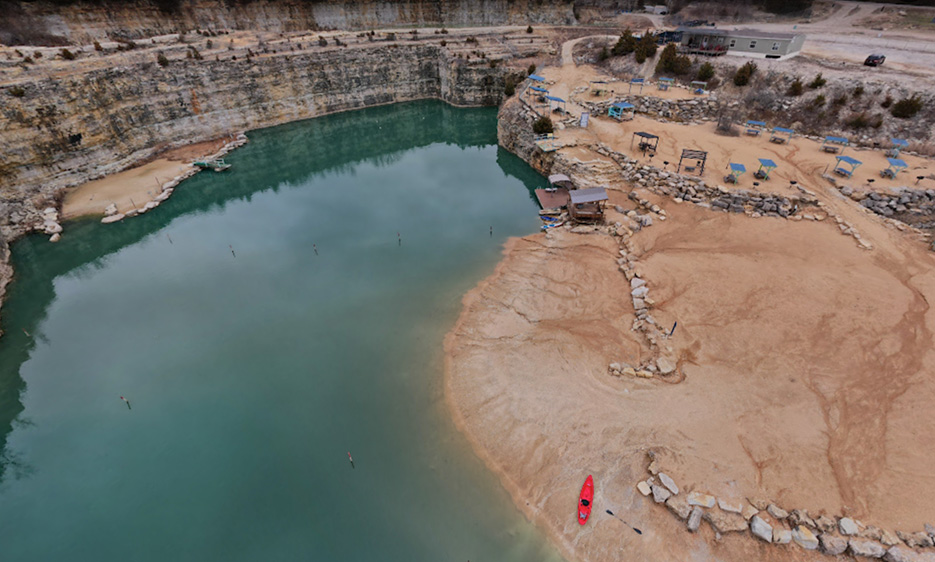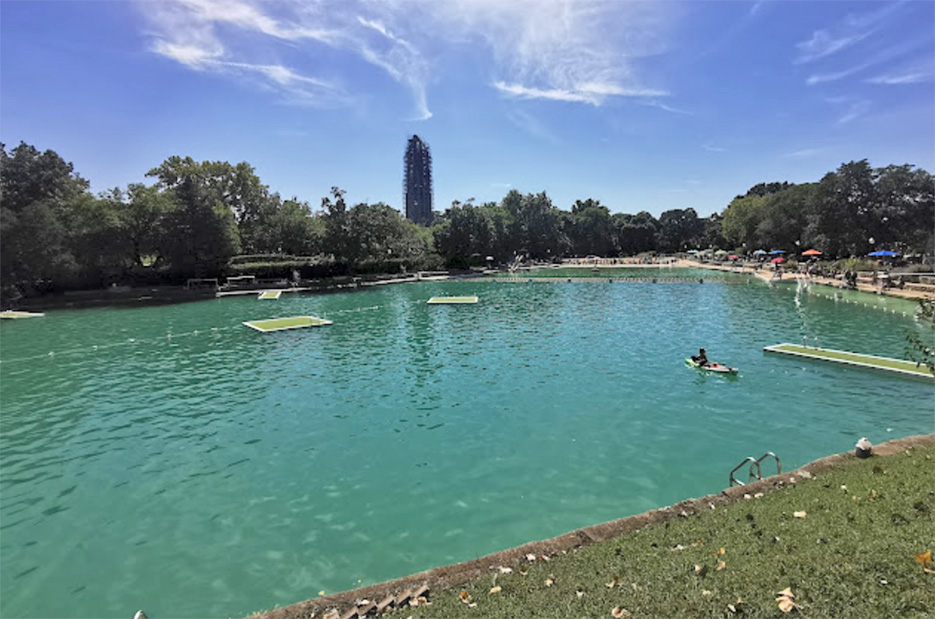Quarry Life
Sharon Koehler
Stone Industry Consultant
We all deal with stone in one way or another: buying, selling, studying, fabricating, installing, advertising, restoring, shipping, admiring, hating, loving… whatever. The question is: “Do you ever wonder where it comes from?” Not like – “This Soapstone comes from Virginia,” or, “This marble comes from Vermont.” Do you ever wonder about the quarries? What they go through to get you product? Just how does the product get from the earth to your hands?
Rock quarries actually have life cycles or stages:
Stage 1: Site Selection and Inspection
Geologists and surveyors analyze the rock formations of a site, as well as the topography, and accessibility, determining the feasibility of extraction. Then, once a suitable site is found, environmental impact studies are conducted to determine possible effects on the surrounding ecosystems and communities.
Stage 2: Licensing, Permits and Planning
Before any activity begins, owners/operators must obtain permits and approvals from ALL relevant authorities. This phase is quite complex and assures that the quarry will comply with environmental regulations, safety standards, and land use policies. The planning phase also includes designing “best practice” extraction methods, plus determining the size and shape of the quarry, and implementing measures to mitigate environmental impacts.
Stage 3: Extraction
Once all the permits are in place, workers and heavy machinery are brought in to start the extraction process. If the permits allow, blasting is done to help break rock masses into more manageable fragments.
Stage 4: Processing
After the mining process is complete, the raw materials undergo processing to meet specific quality and size requirements. Crushing equipment breaks down larger rocks into smaller, more manageable pieces. Sorting machinery then separates the materials based on size and quality. This stage is critical in producing consistent and marketable products for construction purposes.
Blocks that are to be slab cut are generally shipped off site to a processing center where they are cut, face finished, inspected, and made ready for shipping. Sometimes the quarry owns this facility, sometimes they don’t.
Stage 5: Transportation
Transportation can be tricky for quarries. Depending on the material, they can sometimes deliver straight to the end user.
However, most of the time, especially when slabs are involved, there are multiple modes of transportation. Blocks go to the processing center, slabs to the port, in a container or out of a container, to the distributor or wholesaler. It all gets distributed by trucks, trains, cranes, ships, rail cars, etc. (It’s a good thing stone is a tough material.)
Stage 6: End User
For the quarry, the end user is not the customer who gets a new countertop, paver patio or new retaining wall. Their end user is the company, wholesaler, or distributor who orders the material they need from the quarry. The quarry’s end user receives the material and passes it along to their customers or their end users. (Fabricators, landscapers, hardscapers, construction companies, etc.), who then, in turn, pass it on to their customers.
Stage 7: Reuse and Reclaiming
In terms of how long quarries have been around, this is a fairly new stage in quarry life. Back in the day, when quarries ran out of the specific raw material they were opened for, they were just abandoned and left as big, ugly holes in the ground with big, ugly surrounding landscapes that had been ruined by roads and mining equipment. Eventually they filled up with rainwater and people, not realizing the dangers, used them as impromptu swimming holes.
That is not so much the case anymore. More and more quarries are being “reclaimed” and used for other purposes.
In Missouri, 6 old quarries have been turned into lakes for swimming, boating and family fun.
 |
|
Above: Fugitive Beach, in Missouri. This abandoned, reclaimed quarry has pumped-in water to fill it. Below: Originally a limestone quarry, Centennial Beach, near Naperville, Illinois was first made into a public-use park in the 1930’s. |
 |
Just a short drive outside of Evansville, Kentucky there is an adult only venue called Falling Rock Park. Made from a reclaimed quarry, adults can swim, paddleboard, snorkel, canoe, and kayak. No motorboats allowed.
Not all old quarries have been turned into lakes and swimming attractions. Louisville, Kentucky has turned an old limestone mine into an underground bike park with dirt trails and stunt courses. In San Francisco, the old Dumbarton quarry is now a campground with trails for hiking, biking, and horseback riding. In San Diego, Quarry Falls, now known as Civita, is a multi-use space built on an old rock quarry site. It has a park, residential housing, a retail center, and commercial space.
The United States is not the only country reclaiming quarries. Butchart Gardens, a very popular tourist attraction right outside of Vancouver, Canada used to be a limestone site. In China, abandoned quarries are being turned into libraries, performance venues and meeting spaces.
It’s easy for us to jump on the phone or send an email to a supplier and say we need this or that and when can you deliver, but what those slabs, pavers, gravel, etc. go through to get to you can be tough.
Please send your thoughts and comments on this article to Sharon Koehler at Sharonk.SRG@gmail.com .